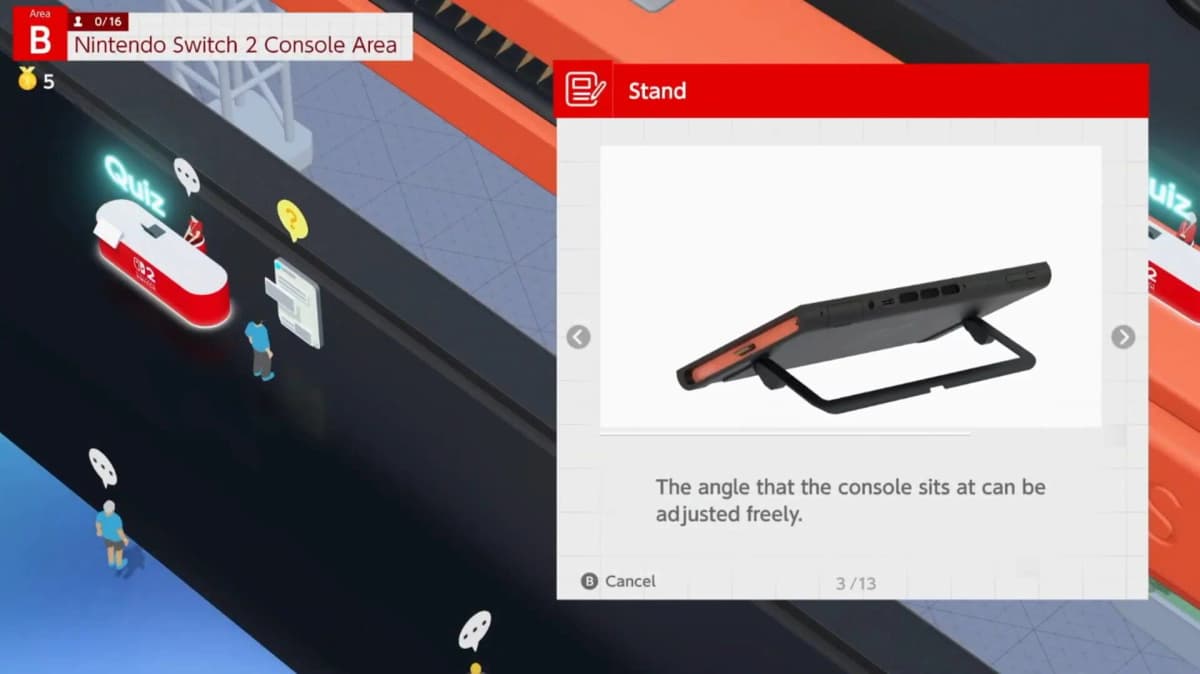The dust has barely settled on the Nintendo Switch 2 launch, and already whispers are circulating that Samsung may supply OLED panels for a higher-end edition down the line. For many early adopters, this echoes Nintendo’s past strategy of mid-cycle console refreshes with improved screen technology.
The Mid-Cycle Refresh Returns
Nintendo’s history of iterative hardware updates stretches back decades. From the Game Boy Light’s backlit display to the DS Lite and the 2021 Switch OLED, the company has repeatedly introduced premium variants to sustain consumer interest and boost sales later in a console’s life.

Why the LCD Launch Makes Sense
At launch, Nintendo emphasized advanced LCDs with HDR support as the core display benefit for the Switch 2. LCD manufacturing costs remain lower than OLED, helping Nintendo hit an attractive entry price, grow its install base quickly, and ensure broad market reach before a costlier revision.
An OLED Upgrade Is Likely
Industry reports—from sources like Bloomberg—indicate Samsung is positioning itself to be the primary OLED supplier for Nintendo’s next premium hardware iteration. Given the success of the 2021 Switch OLED and Nintendo’s pattern of releasing an enhanced model mid-cycle, a Switch 2 OLED seems probable within three to five years.

Should You Buy Now or Wait?
If you prioritize the deepest blacks, richer colors and the best handheld experience, patience may pay off. An OLED edition typically arrives when initial sales taper, offering a tangible upgrade that attracts both new buyers and existing owners seeking better display quality. On the other hand, if you want access to exclusive launch titles or can’t wait for flagship games, the current LCD model remains a solid choice.

Ultimately, Nintendo’s hardware roadmap rewards both early adopters and those willing to wait for the premium refresh. Whether you dive in now or hold out for an OLED version, the Switch 2 ecosystem promises years of first-party and indie hits ahead.